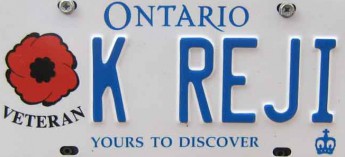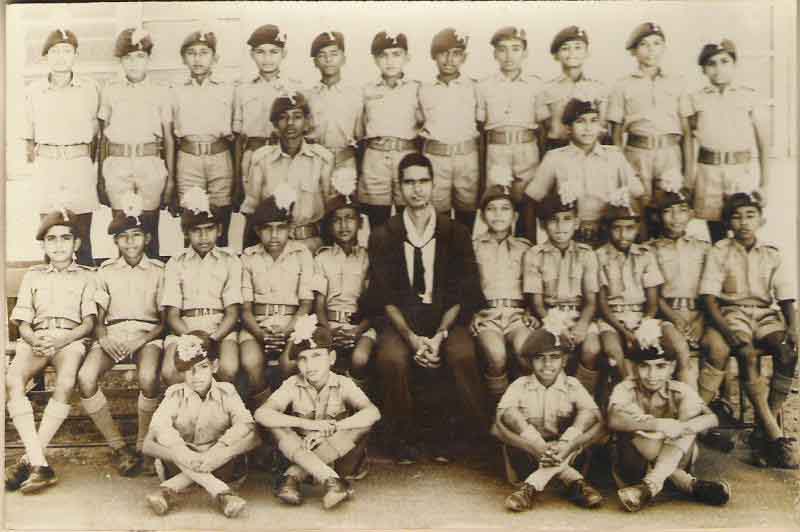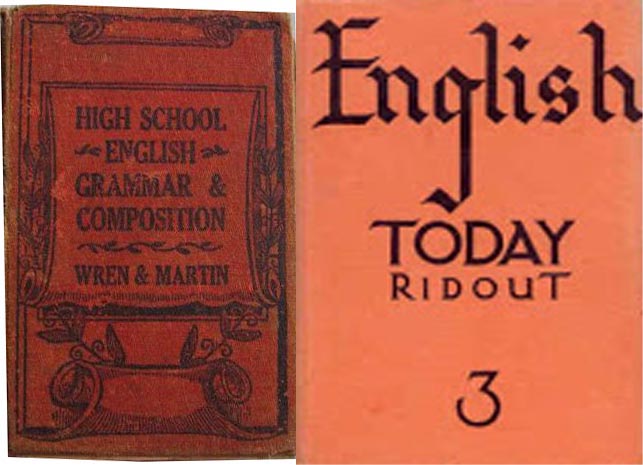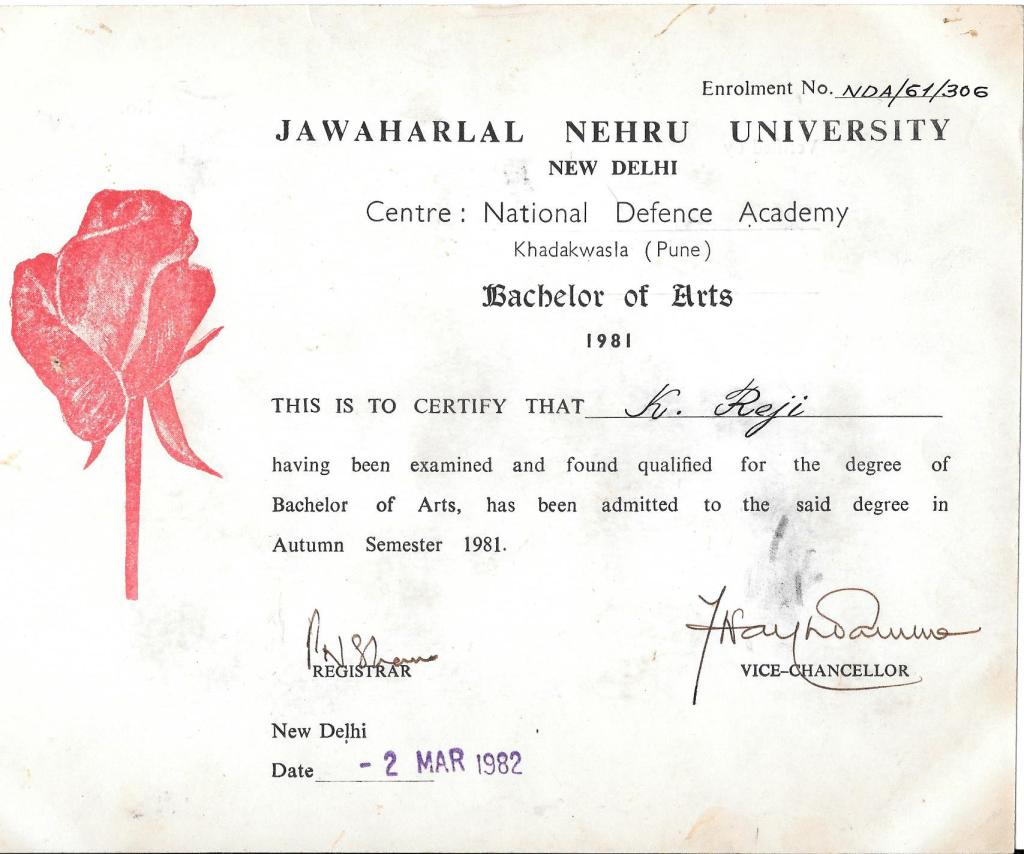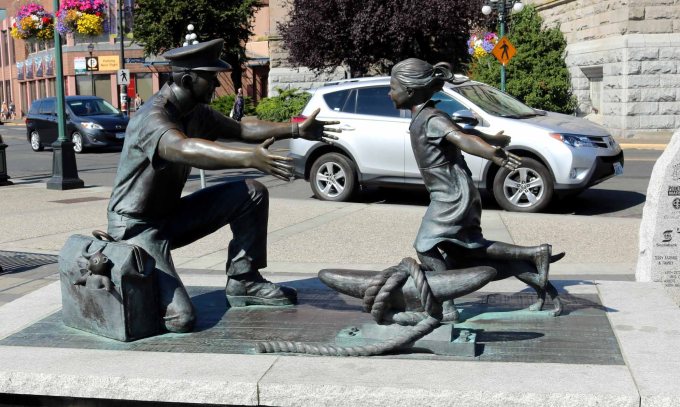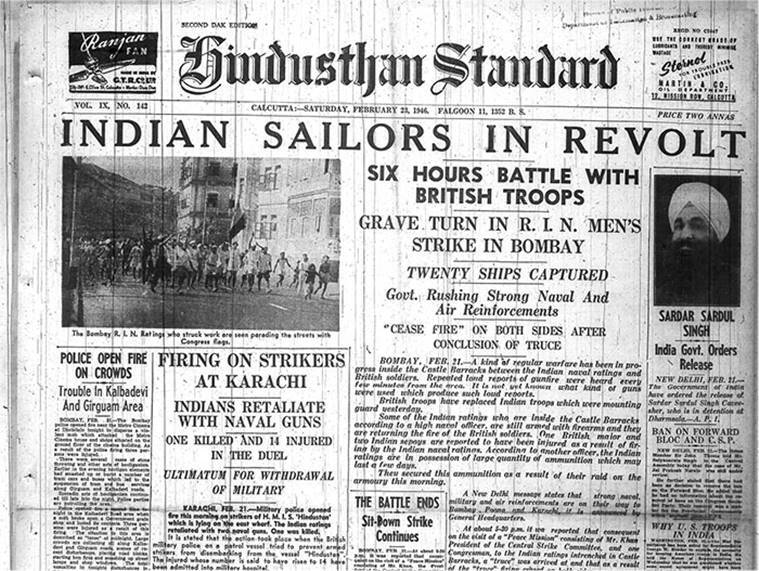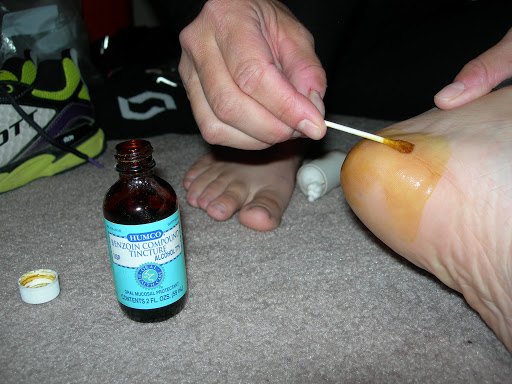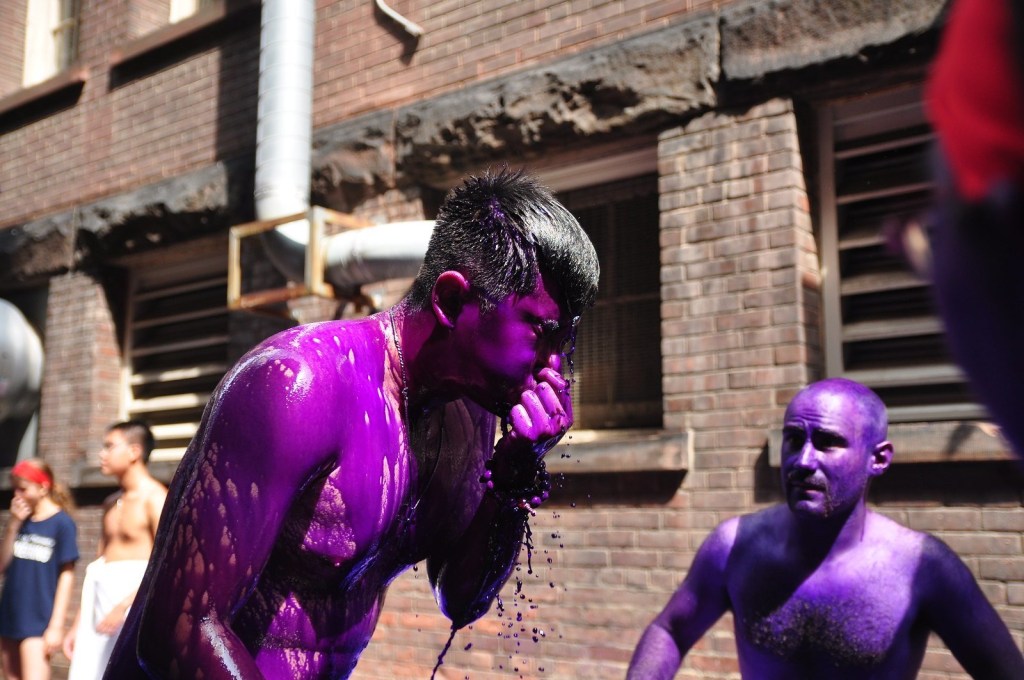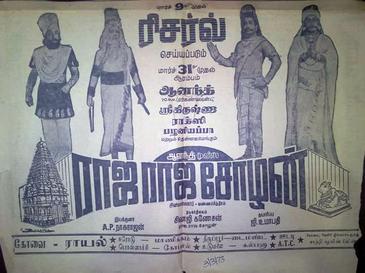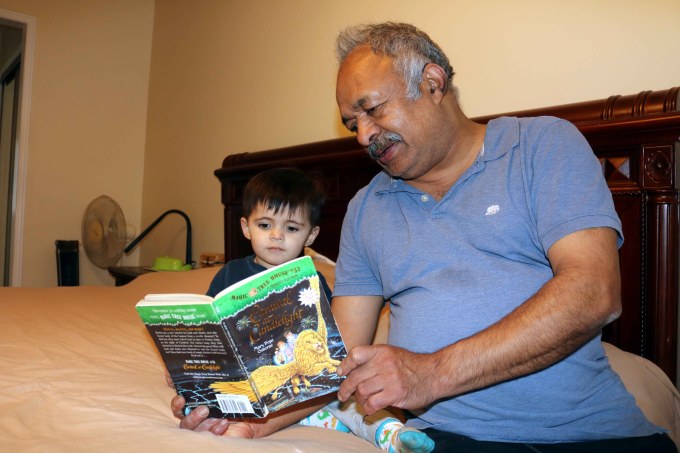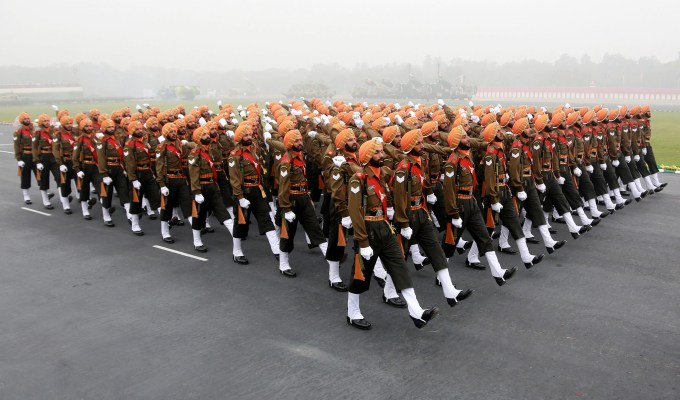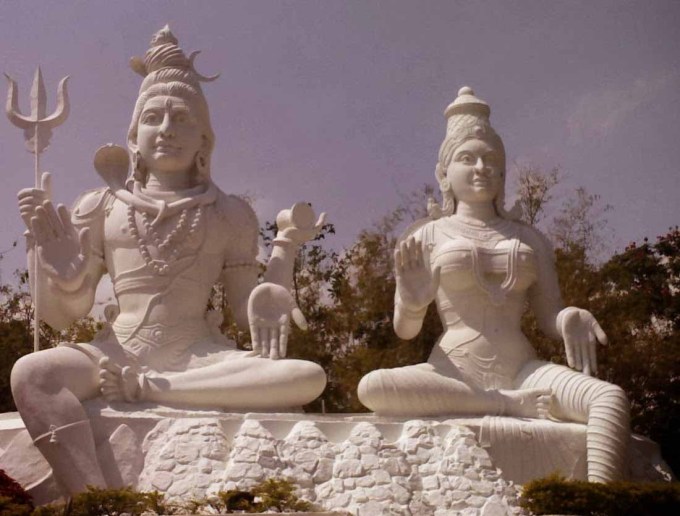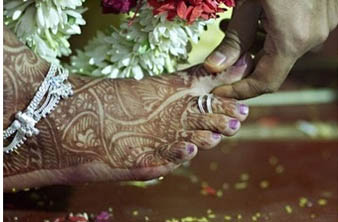We were about 30 of us who landed at Sainik (Military) School, Amaravathi Nagar, Thamizh Nadu from Kerala in July 1971, armed with little communication skill in our mother tongue Malayalam. English, Hindi and Thamizh were alien to us. First language and medium of education at our school was English. We started with the English Alphabets under Ms Sheila Cherian and graduated to Wren & Martin and English Today by Ridout. We had to study Thamizh or Hindi as our second and third languages.
Thamizh as a second language was out of question as it required us to cram the Thirukkurals onward. Thamizh poems, and ancient literature are not easy to understand. Hence we were given Hindi as a second language. As expected we all fared badly and was the nightmare for us during the Grade 10 public exam. Only the God Almighty and the examiner who evaluated our answer sheets know as to how we managed to pass. It was all about cramming to the last alphabet and reproducing them on paper. Luckily we did not have to study a second language in our grade 11 and 12.
Thamizh was our third language, taught to us by Mr MV Somasundaram and Mr K Ekambaram. We commenced with grade 1 Thamizh textbook in grade 5. The only saving grace was that they put an end to our agony in grade 8 with a grade 4 Thamizh textbook.
We from the 1979 Batch were the very first batch to face the brunt of 10+2 education by Central Board of Secondary Education (CBSE) India – an extra year of studies. Our previous batch graduated from school in 1977 on completion of grade 11.
Grade 12 was a bugbear for my likes who were pathetic with academics and who never achieved any academic glory while at school.
Why did I join the National Defence Academy (NDA) and later serve the Indian Army for over two decades?
The truth is that I ran away from studies. The bonus of getting through the NDA entrance examination was that we joined the NDA after our grade 11. We did not have to go through grade 12 and the culminating public exam. What a relief!!!.
We were made to believe at school that the training at NDA was more about outdoor activities – Physical Training (PT,) games, drill, weapon training, equitation training, military tactics, etc – and that the academic component was very minimal. On joining the Academy, reality dawned on us. We had to graduate in a Bachelors’ Degree programme, covering over 30 subjects ranging from Engineering Drawing to International Relations to be awarded a degree from the prestigious Jawaharlal Nehru University(JNU.) This is the only Bachelor’s Degree JNU confers as JNU is India’s premier research university.
Gods had to settle the scores with my academic pursuits, especially linguistics. How could they spare me from the rigours of Hindi and Thamizh?
I was commissioned in the Regiment of Artillery of the Indian Army – 75 Medium Regiment (Basantar River.) The Regiment then had an interesting class composition. One battery (consisting of six Bofors Guns, and about 150 soldiers) was of North Indian Brahmins; the second had Jats mostly from Haryana and Uttar Pradesh; and the third was manned by the soldiers from the four Southern States. Now I had to master Hindi the way the Brahmins and Jats spoke and also Thamizh as it was the medium of communication for the South Indian Soldiers.
At the end of it, commanding a Regiment and retiring after two decades of military service which I joined primarily to run away from studies – the reality was that neither did I stop studying nor did I stop running!!
Even while commanding the Regiment, I continued studying as we received modern high-tech radars, survey equipment, Unmanned Aerial Vehicles (Drones), etc which I had never heard of until then. In order to command the Regiment, I had to master all the modern military gadgets and the only way out was to learn about them and operate them. This meant I had to pore over volumes of operational and maintenance manuals.
My studies did not end with my hanging my military boots. It continued and will continue for ever.
Anyone who stops learning is old, whether at twenty or eighty. Anyone who keeps learning stays young – Henry Ford.
